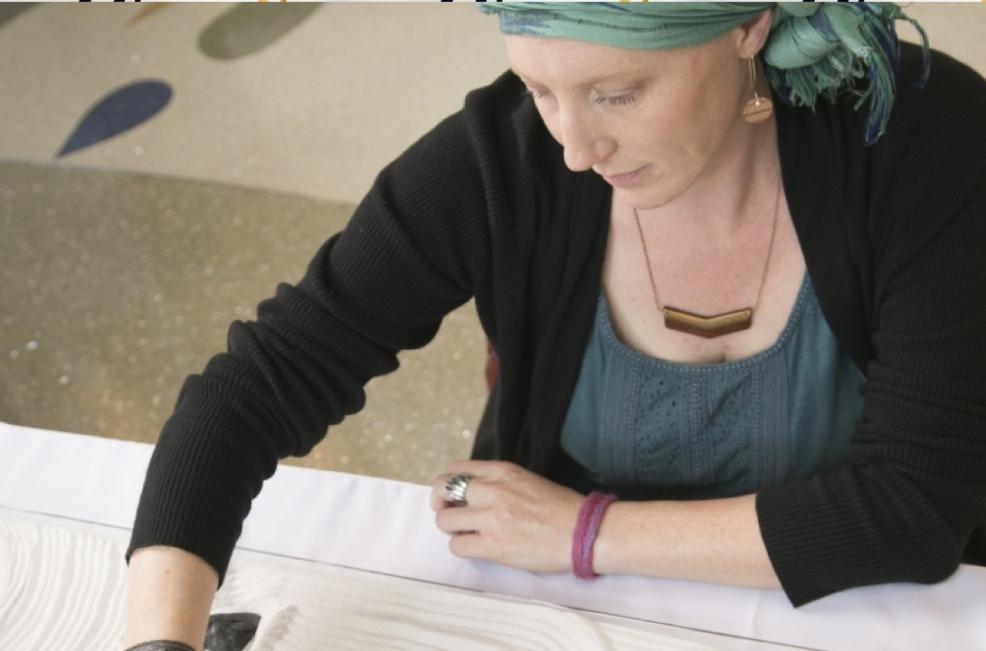More breast cancer patients than ever before are being declared NED (no evidence of disease), after the completion of active breast cancer treatment and deemed “cured” or “in full remission” after they’ve remained cancer-free for at least five years.
Because of the great number of survivors, those who specialize in taking care of women with breast cancer find themselves under administrative pressure to ‘discharge’ survivors from their practice — suspend follow-up appointments — in order to accommodate new patients and to care for women with metastatic breast cancer.
This has shifted the burden of care in survivorship away from the cancer clinic entirely.
“Care of women who complete active therapy for breast cancer is shifting from the breast cancer specialist to other providers, including primary care providers and other specialists who are not as familiar with the evaluation and management of unique issues faced by many breast cancer survivors,” says Duke Cancer Institute breast medical oncologist and professor of Medicine Gretchen Kimmick, MD, MS.
Kimmick is the co-editor, with DCI clinical psychologist Rebecca Shelby, PhD, and Duke Cancer Network medical director Linda Sutton, MD, of a new first-of-its-kind textbook designed for all providers who “have the desire to improve the lives of those who have been treated for breast cancer.”
Sutton, a professor of Medicine and medical oncologist who sees patients at Gibson Cancer Center and Scotland Cancer Treatment Center (Duke Cancer Network affiliates) and Kimmick, who sees patients at the Duke Cancer Center Breast Clinic in Durham, have treated and cared for thousands of women with breast cancer for almost three decades.
Shelby, an associate professor of Psychiatry and Behavioral Sciences and Population Health Sciences, is highly skilled in caring for breast cancer survivors and is specifically trained in both psycho-oncology and sex therapy. The combined expertise of these three editors brings great depth of knowledge and unique insights to each chapter.
Most of the 21 chapters in the 337-page book — titled "Common Issues in Breast Cancer Survivors: A Practical Guide to Evaluation and Management" — are co-authored by breast cancer specialist(s) and specialists outside the oncology field with expertise in the area of concern, including:
- hot flashes
- genito-urinary symptoms
- of menopause
- sexual concerns
- arthralgias
- breast pain
- neuropathy
- chemotherapy-related cognitive impairment
- fatigue
- sleep issues and insomnia
- depression and anxiety
- weight change
- lymphedema
- bone loss
- heart and cardiovascular
- disease
- diabetes
- skin and nail issues
- hair loss
The book also brings attention to the role of genetics in breast cancer, available national and international guidelines for the care of breast cancer survivors, and special considerations in breast imaging in survivorship to screen for new breast cancers and cancer recurrence. And while the focus of this book is on caring for female breast cancer survivors, there’s also a chapter on special concerns related to male breast cancer survivors.
The international list of authors includes 40 plus specialists from Duke Cancer Institute and Duke Health, as well as specialists from the Mayo Clinic, Johns Hopkins Medical Institute, University of Melbourne (Australia), University of Rochester School of Medicine and Dentistry, Harvard Medical School, Dana Farber Cancer Institute, Ohio State University, UNC Health and UNC Lineberger Comprehensive Cancer Center, University of Texas MD Anderson Cancer Center, and Augusta Health.
While the volume was written with providers in mind, Kimmick suggests it may also be a useful resource for patients.
“The practice of medicine has become very complex, such that the subtleties of one sub-specialty can rarely be mastered by someone in general practice or another sub-specialty,” she says. “This can put more burden on patients, in terms of diagnosis and finding treatment management options. Our hope is that this book will serve as a resource to medical providers and patients alike.”









